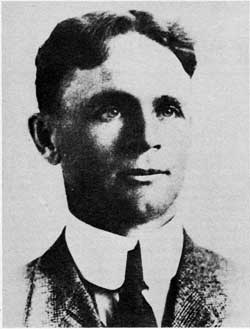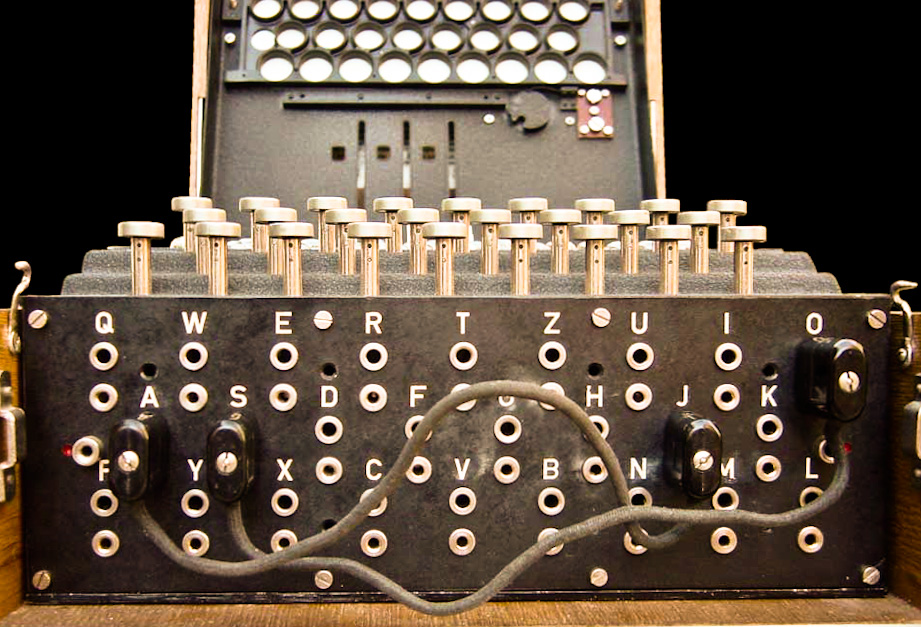|
David Campbell (Manitoba Politician)
David Campbell (1870 – 25 August 1932) was a Manitoba politician. When the provincial Liberals merged with John Bracken's Progressives in 1932, Campbell led a group of dissident, anti-merger Liberals into the subsequent election. 14 Jun 1932 The group was known as the "Continuing Liberals", and ran candidates in 13 seats. Some within the new "Liberal-Progressive" alliance claimed that this new Liberal party was receiving financial support from the province's Conservatives
Conservatism is a cultural, social, and political philosophy and ide ...
[...More Info...] [...Related Items...] OR: [Wikipedia] [Google] [Baidu] |
Manitoba
Manitoba is a Provinces and territories of Canada, province of Canada at the Centre of Canada, longitudinal centre of the country. It is Canada's Population of Canada by province and territory, fifth-most populous province, with a population of 1,342,153 as of 2021. Manitoba has a widely varied landscape, from arctic tundra and the Hudson Bay coastline in the Northern Region, Manitoba, north to dense Boreal forest of Canada, boreal forest, large freshwater List of lakes of Manitoba, lakes, and prairie grassland in the central and Southern Manitoba, southern regions. Indigenous peoples in Canada, Indigenous peoples have inhabited what is now Manitoba for thousands of years. In the early 17th century, English and French North American fur trade, fur traders began arriving in the area and establishing settlements. The Kingdom of England secured control of the region in 1673 and created a territory named Rupert's Land, which was placed under the administration of the Hudson's Bay ... [...More Info...] [...Related Items...] OR: [Wikipedia] [Google] [Baidu] |
Manitoba Liberal Party
The Manitoba Liberal Party () is a political party in Manitoba, Canada. Its roots can be traced to the late 19th century, following the province's creation in 1870. History Origins and early development (to 1883) Originally, there were no official political parties in Manitoba, although many leading politicians were affiliated with parties that existed at the national level. In Manitoba's 1st Manitoba Legislature, first Legislative Assembly (1871–1874), the leader of the opposition was Edward Hay (politician), Edward Hay, a Liberal who represented the interests of recent English Canadian, anglophone immigrants from Ontario. Not a party leader as such, he was still a leading voice for the newly transplanted "Ontario Clear Grits, Grit" tradition. In 1874, Hay served as Minister of Public Works (Canada), Minister of Public Works in the government of Marc-Amable Girard, which included both Progressive Conservative Party of Manitoba, Conservatives and Liberals. During the 1870s, ... [...More Info...] [...Related Items...] OR: [Wikipedia] [Google] [Baidu] |
John Bracken
John Bracken (22 June 1883 – 18 March 1969) was a Canadian agronomist and politician who was the 11th and longest-serving premier of Manitoba (1922–1943) and later the leader of the Progressive Conservative Party of Canada (1942–1948). Bracken was born in Ontario, and was a professor of animal husbandry at the University of Saskatchewan before moving to Manitoba in 1920. A political outsider, he was named leader of the Progressive Party of Manitoba following its upset victory in the 1922 Manitoba general election. During his tenure as premier of Manitoba, he implemented policies dominated by rural interests and opposed organized labour. He oversaw the creation of a universal pension, the provincial income tax, and reductions in spending on health, education and welfare as well as the replacement of the first past the post voting system with alternative voting. He pursued development by promoting staple industries such as mining, timber and fishing. After leading the ... [...More Info...] [...Related Items...] OR: [Wikipedia] [Google] [Baidu] |
Progressive Party Of Manitoba
The Progressive Party of Manitoba, Canada, was a political party in Manitoba between 1920 and 1932, which was the year of its dissolution. It developed from the United Farmers of Manitoba (UFM), an agrarian movement that became politically active following World War I. See also *List of political parties in Canada This article lists political party, political parties in Canada. Federal parties In contrast with the political party systems of many nations, Canadian parties at the federal level are often only loosely connected with parties at the provincial ... * Progressive Party of Canada References 1920 establishments in Manitoba 1932 disestablishments in Manitoba Agrarian parties in Canada Defunct agrarian political parties Defunct political parties in Canada Political parties disestablished in 1932 Political parties established in 1920 Provincial political parties in Manitoba Progressivism in Canada United Farmers {{Canada-party-stub ... [...More Info...] [...Related Items...] OR: [Wikipedia] [Google] [Baidu] |
Progressive Conservative Party Of Manitoba
The Progressive Conservative Party of Manitoba (PC; ) is a centre-right political party in Manitoba, Canada. It is currently the opposition party in the Legislative Assembly of Manitoba, following a defeat in the 2023 provincial election. History Origins and early years The origins of the party lie at the end of the 19th century. Party politics were weak in Manitoba for several years after it entered Canadian confederation in 1870.Weir, T.R., and Erin James-Abra. 2023 March 23.Politics in Manitoba" ''The Canadian Encyclopedia''. Historica Canada. Retrieved 2023-04-18. The system of government was essentially one of non-partisan democracy, though some leading figures such as Marc-Amable Girard were identified with the Conservatives at the federal level. Public representation was mostly a matter of communal loyalties—ethnic, religious, and linguistic—and party affiliation was at best a secondary concern. In the 1870s, Thomas Scott (Orangeman) (not to be confused with ... [...More Info...] [...Related Items...] OR: [Wikipedia] [Google] [Baidu] |
1870 Births
Events January * January 1 ** The first edition of ''The Northern Echo'' newspaper is published in Priestgate, Darlington, England. ** Plans for the Brooklyn Bridge are completed. * January 3 – Construction of the Brooklyn Bridge begins in New York City. * January 6 – The ''Musikverein'', Vienna, is inaugurated in Austria-Hungary. * January 10 – John D. Rockefeller incorporates Standard Oil. * January 15 – A political cartoon for the first time symbolizes the United States Democratic Party with a donkey (''A Live Jackass Kicking a Dead Lion'' by Thomas Nast for ''Harper's Weekly''). * January 23 – Marias Massacre: U.S. soldiers attack a peaceful camp of Piegan Blackfeet Indians, led by chief Heavy Runner. * January 26 – Reconstruction Era (United States): Virginia rejoins the Union. This year it adopts a Constitution of Virginia#1870, new Constitution, drawn up by John Curtiss Underwood, expanding suffrage to all male citizens over 21, in ... [...More Info...] [...Related Items...] OR: [Wikipedia] [Google] [Baidu] |
1932 Deaths
Events January * January 4 – The British authorities in India arrest and intern Mahatma Gandhi and Vallabhbhai Patel. * January 9 – Sakuradamon Incident (1932), Sakuradamon Incident: Korean nationalist Lee Bong-chang fails in his effort to assassinate Emperor Hirohito of Japan. The Kuomintang's official newspaper runs an editorial expressing regret that the attempt failed, which is used by the Japanese as a pretext to attack Shanghai later in the month. * January 22 – The 1932 Salvadoran peasant uprising begins; it is suppressed by the government of Maximiliano Hernández Martínez. * January 24 – Marshal Pietro Badoglio declares the end of Libyan resistance. * January 26 – British submarine aircraft carrier sinks with the loss of all 60 onboard on exercise in Lyme Bay in the English Channel. * January 28 – January 28 incident: Conflict between Japan and China in Shanghai. * January 31 – Japanese warships arrive in Nanking. February * February 2 ** A general ... [...More Info...] [...Related Items...] OR: [Wikipedia] [Google] [Baidu] |
Mayors Of St
In many countries, a mayor is the highest-ranking official in a municipal government such as that of a city or a town. Worldwide, there is a wide variance in local laws and customs regarding the powers and responsibilities of a mayor as well as the means by which a mayor is elected or otherwise mandated. Depending on the system chosen, a mayor may be the chief executive officer of the municipal government, may simply chair a multi-member governing body with little or no independent power, or may play a solely ceremonial role. A mayor's duties and responsibilities may be to appoint and oversee municipal managers and employees, provide basic governmental services to constituents, and execute the laws and ordinances passed by a municipal governing body (or mandated by a state, territorial or national governing body). Options for selection of a mayor include direct election by the public, or selection by an elected governing council or board. The term ''mayor'' shares a linguistic ... [...More Info...] [...Related Items...] OR: [Wikipedia] [Google] [Baidu] |




